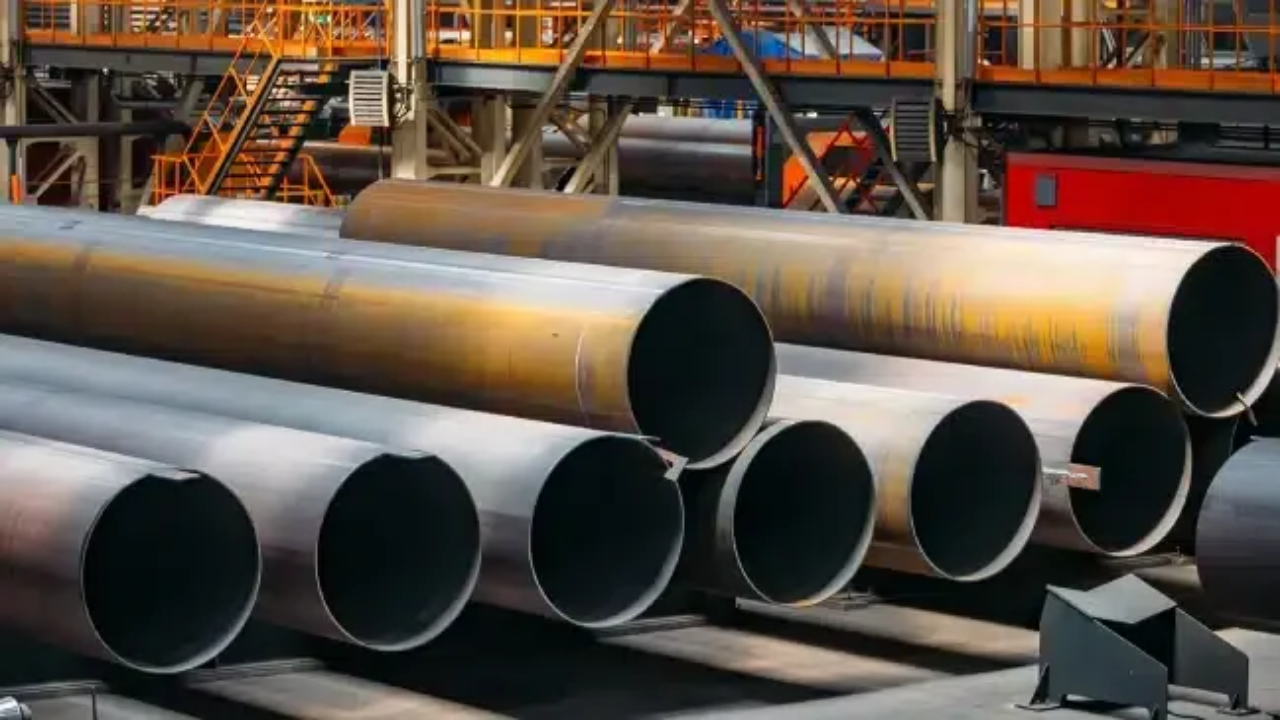Differences between Schedule 20 and Schedule 40 pipes are essential for those who need durable piping. Although these styles may seem similar at first glance, their functionality, ability to last, and the areas they are used in are not alike. In this writing, I review the key distinctions, roles, and features of Schedule 20 Vs Schedule 40 Wall Thickness Chart pipes so readers can better understand how they are used in engineering work.
What exactly is “Schedule” in the Field of Piping?
The word “schedule” describes how thick the pipe’s walls should be in piping. A higher schedule number means the wall will be denser. The composition also determines the pipe’s strength, maximum pressure allowed, and lasting properties. To make picking pipes easier and more standardized, schedule ratings were introduced for workers. So, Schedule 20 and Schedule 40 are used for defined purposes that match engineering standards, not just by chance.
Wall Thickness and Pressure Capacity
The user can easily spot a difference in wall thickness between pipes in Schedules 20 and 40. Schedule 40 pipes are much thicker around the wall than Schedule 20 pipes. Being denser, Schedule 40 pipes are suited to taking on the increased pressure of more difficult tasks. Because Schedule 20 is less robust, it is thinner and lighter than Schedule 40, but it should not be used on high-pressure systems. Materials are most suited to areas where light stress and load are expected.
Production and Creation
PVC, steel, and other metals are manufactured in Schedule 20 or Schedule 40 pipes. The material users choose will affect your metals’ corrosion resistance, ability to withstand high temperatures, and lifespan. Schedule 40 is usually chosen when safety and reliability are paramount. Because Schedule 20 is lighter in weight and less expensive, it is often chosen for drains and simple structures rather than critical uses.
Ideal for Low-Pressure and Short-Term Applications
Most companies use Schedule 20 pipes when the required load and pressure can be handled with little stress. These things are found in low-pressure irrigation, cable pipe protection, and residential drainage systems. Users can cut and install Schedule 20 quickly because its walls are thin, so it’s suitable for projects that last only a short period.
Electrical Engineering Projects
Most residential, commercial, and industrial buildings have four types of pipes. Because of their thick walls and strong pressure capacity, they are great for water supply systems, pressurized systems, and heavy drainage. They are also chosen for use in buildings and machines where support is necessary. Staying strong at elevated temperatures is one factor that makes polymer composites worthwhile across different engineering roles.
Cost Considerations
Cost plays a big part in determining whether to use Schedule 20 or Schedule 40. Many people find that Schedule 20 is less expensive since it requires less material and weighs less. Therefore, such systems appeal to large buildings on a budget, provided their expectations for performance are not very high. Even so, the high cost of Schedule 40 is earned by its sturdiness, long-lasting performance, and everyday use in safe settings.
Installation and Handling
Schedule 20’s lightweight and flexible installation is simpler than Schedule 40. Simple tools can take care of Schedule 20, requiring less effort and time to set up correctly. Since Schedule 40 pipes are heavy and thick and become larger, they may take longer and require specialized tools to install on some projects. Even so, the added installation work usually doesn’t matter since the tiles are tougher and last longer.
Compliance with Industry Standards
Regulations usually decide which kind of pipe is required for various circumstances. Building and engineering guidelines frequently recommend Schedule 40 for pressure systems and particular parts of structures. The system may fail if guidelines are unmet, and businesses might have to pay financial penalties. As a result, users need to be aware of these requirements before beginning a piping project. Official guidelines for complex installations rarely mention Schedule 20, as it has limits.
Conclusion
The user should pick the pipe size, either Schedule 20 or Schedule 40, after thinking about the pressure needed, budget, type of installation, place, and how strong the pipe must be. Though Schedule 20 is good enough for many standard uses, Schedule 40 is preferred for jobs that need toughness and adaptability. Most critical systems still depend on 40 pipes because of their sturdy design and extensive capabilities. When users understand the distinction, decisions are better, and the system’s reliability can be improved over the long run.
